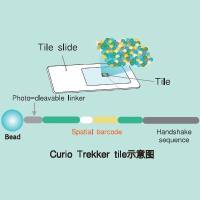Antibody Epitope Mapping Using Arrays of Synthetic Peptides
互联网
2474
The identification of antibody epitopes and their characterization at the amino acid level is extremely important. Understanding antibody specificity at the molecular level provides the key to optimizing their use as research or diagnostic tools as well as their application as therapeutic agents. Among other techniques, the use of chemically prepared arrays of protein sequence-derived short peptides has emerged as a powerful tool to identify and characterize antibody epitopes. In particular, the SPOT synthesis technique (1 ,2 ), which is described in detail in this chapter, is extremely well-suited for this purpose, and has been widely used for epitope mapping and a variety of other applications. Three different types of peptide libraries are described: i) Protein sequence-derived scans of overlapping peptides (peptide scans) (3 ,4 ) used to locate and identify antibody epitopes (Subheading 3.4.1. ). ii) Truncation libraries used to identify the minimal peptide length required for antibody binding. In these libraries, amino acids from the termini of a peptide previously identified by a peptide scan are systematically omitted (Subheading 3.4.2. ). iii) Finally, complete substitutional analyses to identify the key residues important for antibody binding (Subheading 3.4.3. )(5 ).









